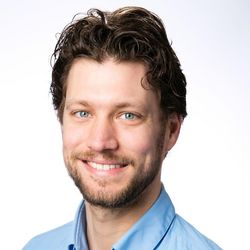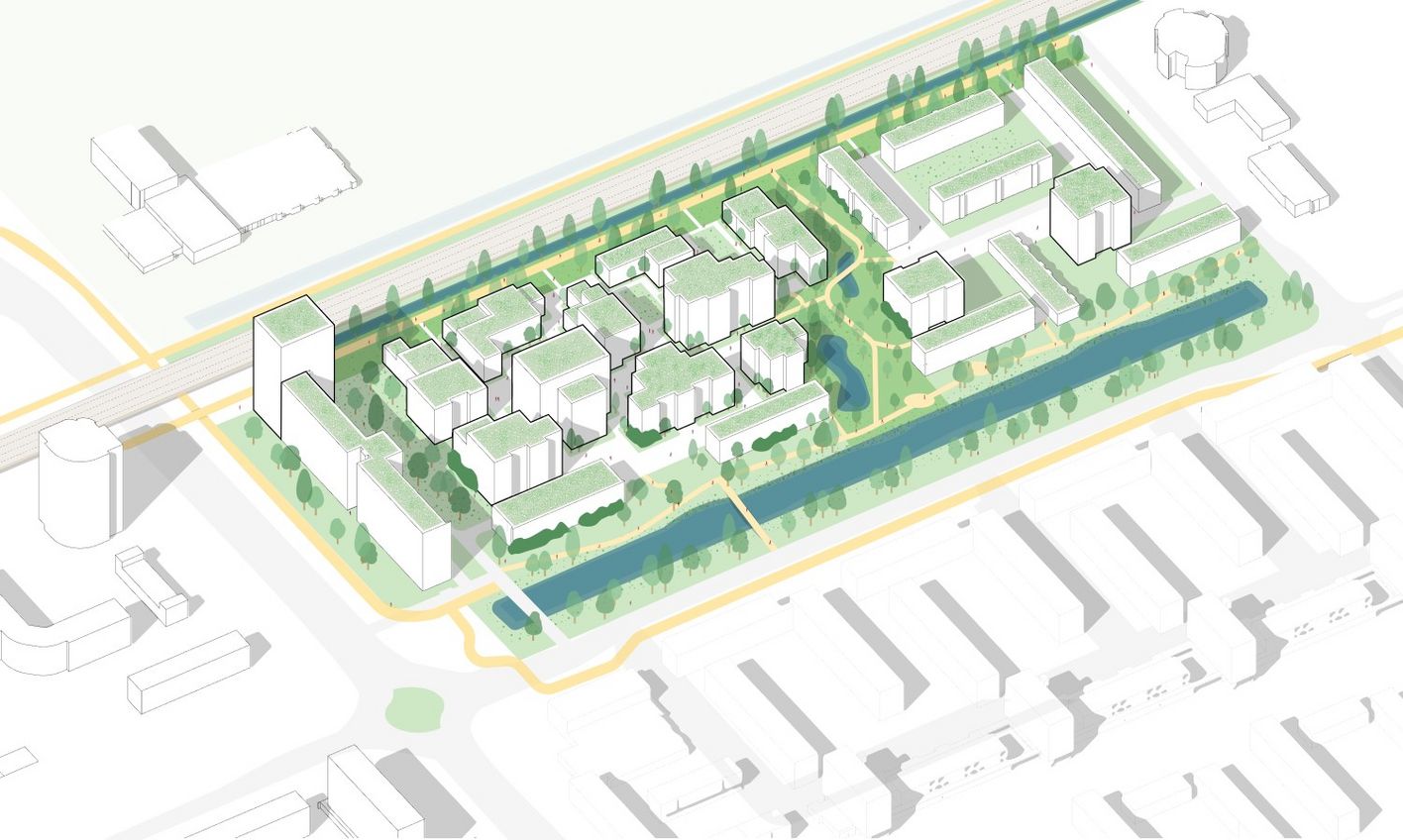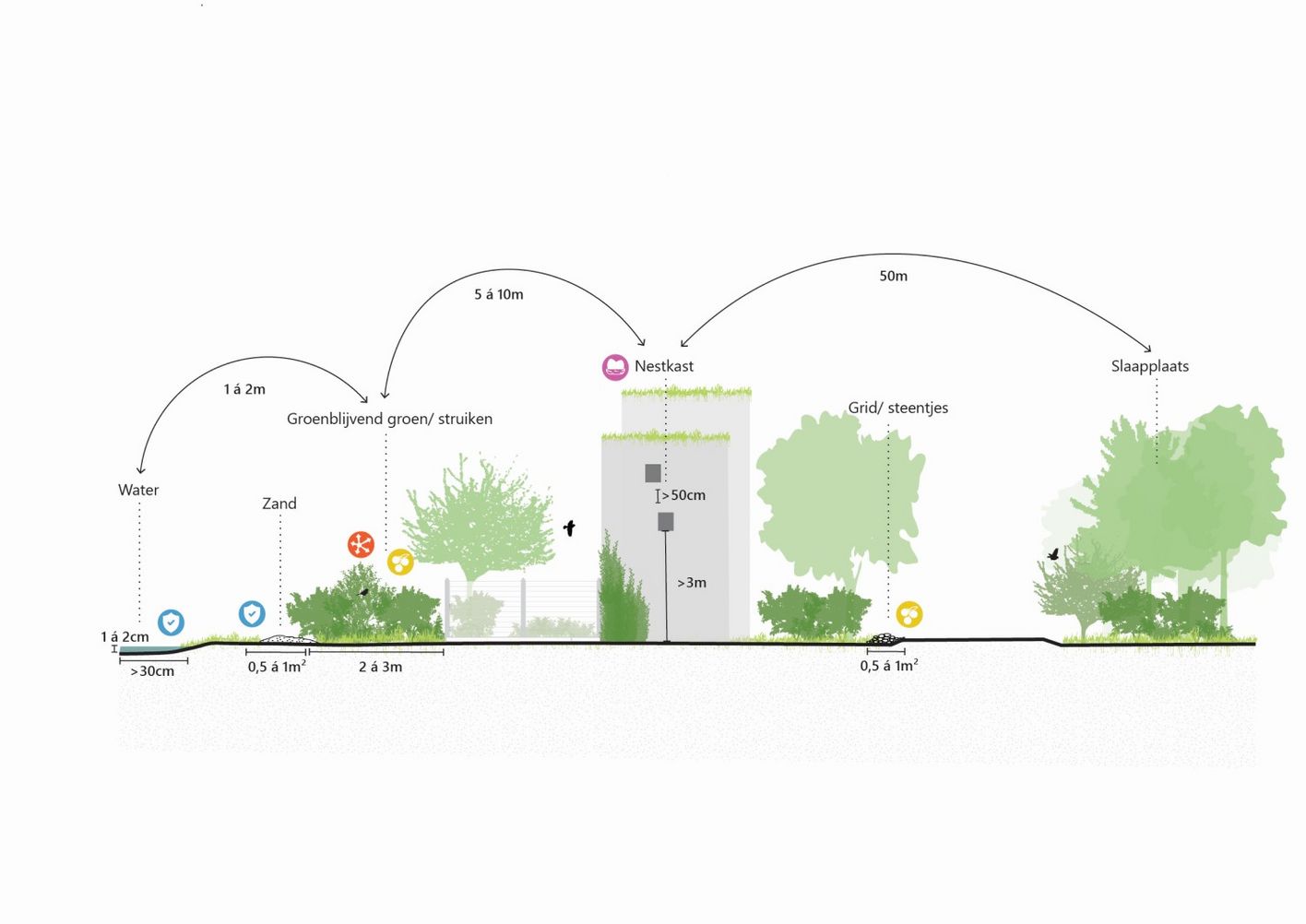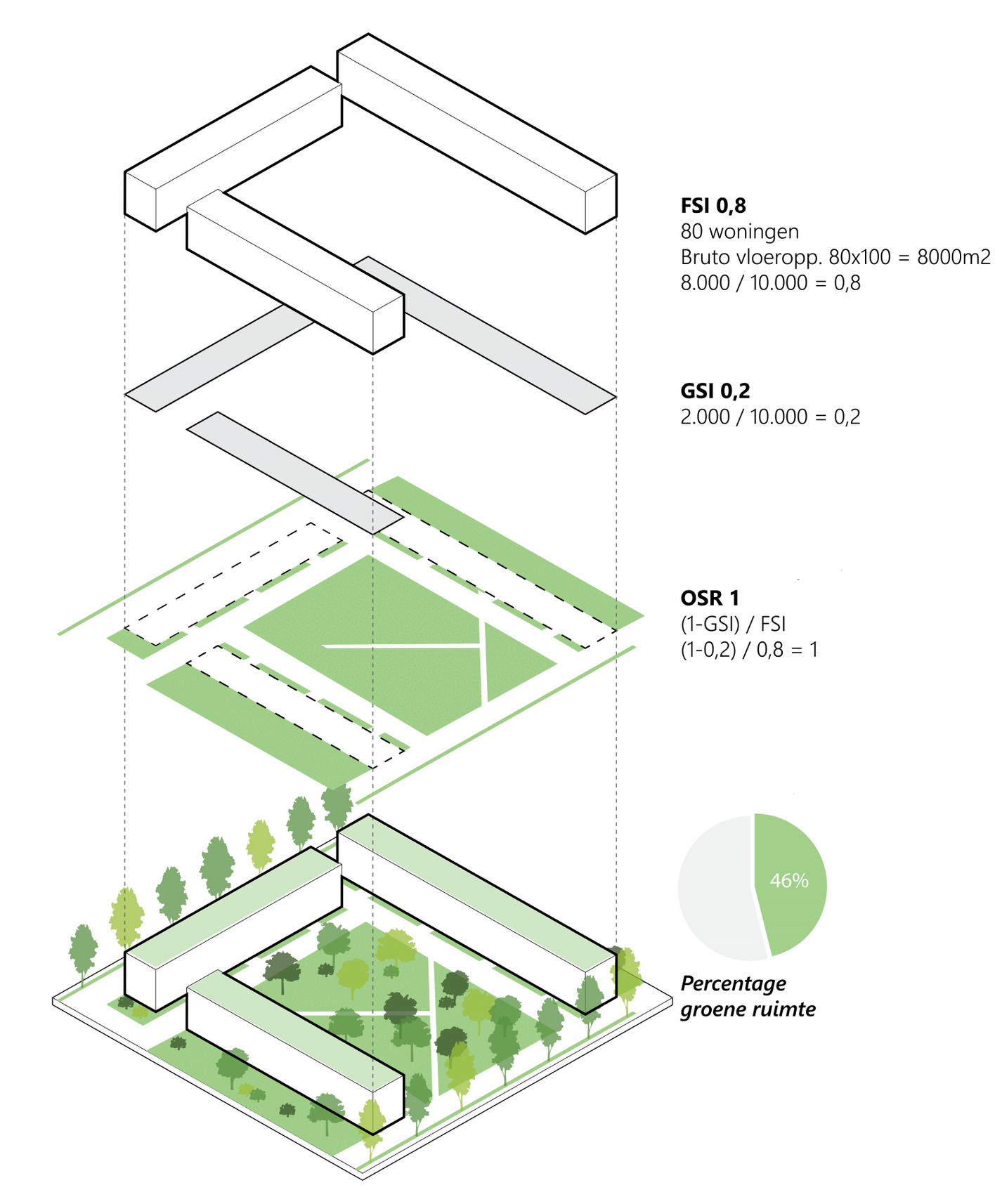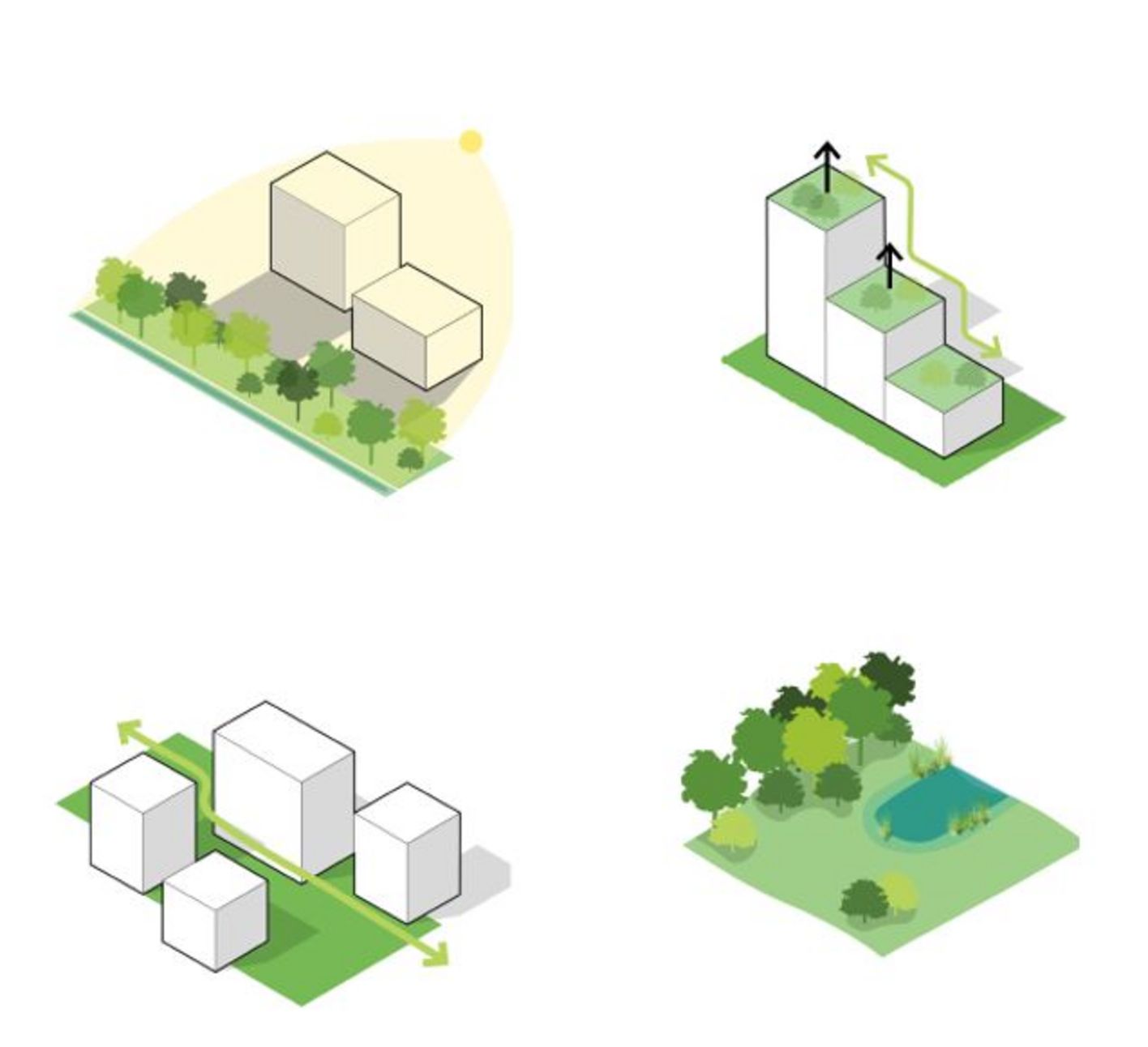Staatsliedenbuurt Schiedam: pilot for nature-enhancing town planning
Witteveen+Bos conducted design-oriented research for the Staatsliedenbuurt neighbourhood for the municipality of Schiedam. The research focuses on the ecological aspects of urban development (additional housing) in this neighbourhood, which is on the eve of a major transformation. In other words, is the construction of residential buildings compatible with promoting biodiversity?
The aim of nature-enhancing town planning is to use area development to create more nature and biodiversity than there was before planning the development. This working method differs from traditional area developments in that the urban design task (additional housing in the neighbourhood) is integrated with the ecological ambition (more biodiversity) from the very first planning stage.
Ecological ambition
In this working method, the ecological ambition guides the urban design choices to be made regarding the positioning of building volumes (considering sunlight/wind/disturbance, etc), the type of buildings (terraced houses, flats) the way access is provided and the design of the public space. This approach produces a fundamentally different plan compared to traditional area development where ecology is often a balancing item.
We had the opportunity to apply this innovative approach in the upcoming transformation of the Staatsliedenbuurt neighbourhood. Most houses in this neighbourhood are outdated, score low on energy performance (insulation) and the type of housing is also limited. A contribution from the state makes it possible to make some of the houses more sustainable and replace a significant part with new construction.
This will greatly improve liveability for the people in the Staatsliedenbuurt. In view of this transformation, this is the perfect time to not only make the area more attractive for people, but also have a favourable impact on flora and fauna in the area and its immediate surroundings.
Defining target species
Witteveen+Bos and its clients make this ecological ambition achievable and measurable by defining target species. In the case of the Staatsliedenbuurt, these include the hedgehog, the small newt and the Brown Blue butterfly. These species have specific design and layout requirements that serve as the basis for the urban design plan.
Besides target-specific measures, the project also presents generic measures that can serve as inspiration and ecological assessment elements in other urban design plans. These are elements such as staggering building lines for a diversity of abiotic environments along and on the facades of buildings, maximisation of contiguous greenery and the designation of rest and disturbance zones in the planning area.
Design competition
The pilot in Schiedam is the result of a design competition launched by Witteveen+Bos in 2021 as part of its 75th anniversary. It invited organisations to compete for a €25,000 development budget to work on innovation and knowledge development for the nature-enhancing city.
Contact
